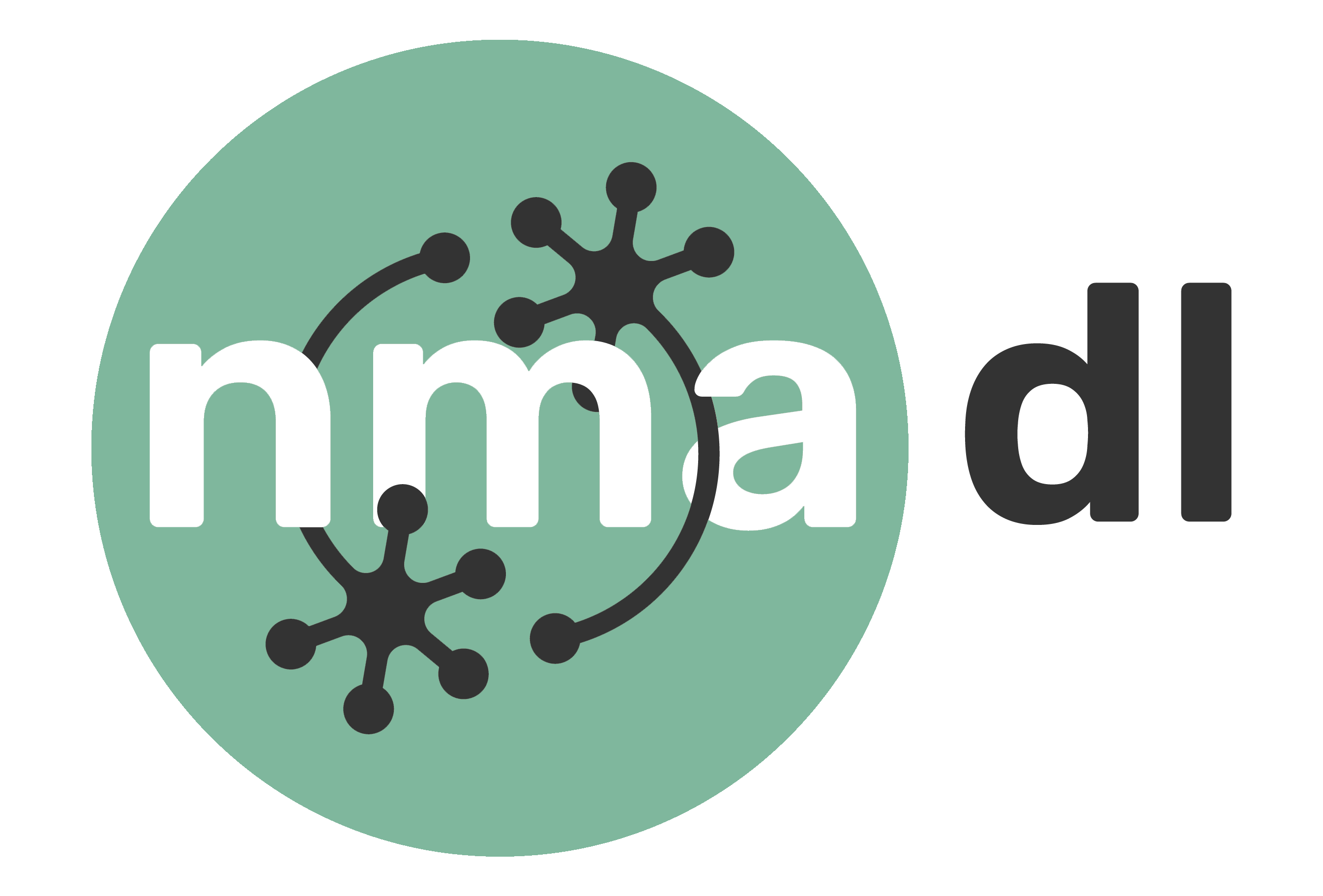Ideas
Contents
Ideas¶
Different categories of DL projects (in order of increasing expertise):
As an analysis toolkit to solve a problem
As a model of Brain or Behavior
Making Deep Learning pipeline more efficient / Understanding why a DL framework works (Conceptual Question). Can we make neural networks more like the brain?
Datasets¶
NMA curated¶
Steinmetz Neuropixels behavior
Steinmetz LFP behavior
Stringer spontaneous
Stringer orientations
Allen Institute 2p with behavior, SDK
Allen Institute 2p with behavior, simplified
Human Connectome Project FMRI
Kay natural images FMRI
Bonner/Cichy etc FMRI
ECoG
Caltech social behavior
IBL mouse decision making
Others¶
Buzsaki lab webpage
EEG datasets
BCI datasets
Motor control
Handwriting BCI dataset. Relatively recent dataset (from Krishna Shenoy’s lab) of motor cortex neural activity recordings during handwriting, for testing RNN models of text decoding.
Predict when or where an epileptic seizure will happen (neurovista, seizure_recognition).
MNIST of the Brain (low resolution EEG in response to MNIST digits)
ImageNet of the Brain (low resolution EEG in response to Imagenet)
StudyForrest (high resolution fMRI data while watching/listening to Forrest Gump along with speech,audio,eyegaze annotation)
Trends Neuroimaging (MRI data with age and assessment scores)
Nature Scientific data (neuroscience related)
THINGS behavior and neuroscience datasets
Brain-Score¶
About Brainscore, Main Website, Tutorial, preprint.
Overview: contains some datasets about behaviour and neural activity during image recognition tasks, as well as tools to compare similarity of ANN models to neural/behavioural data. Potential research goals: comparing ANN activity and neural activity during image recognition. (*also need to look deeper at what datasets are available, might include more things). How does model architecture, learning rules influence similarity & performance?
Very preliminary colab.
Allen Brain Observatory¶
The Allen Brain Observatory contains several relevant datasets.
Older 2p data with natural movie presentations
Very recent 2p data with behavior from NMA-CN: Pre-processed subsample; Entire dataset (SDK); Getting started; A short description of the dataset can be watched here.
Neuropixels data with cheat sheet. Basic colab for fetching and parsing Allen Neuropixels dataset (very rudimentary right now).
BCIAUT-P300¶
This a typical P300 dataset contains data from 15 subjects and 7 sessions for each subject.
